General Kim Yusin Tomb
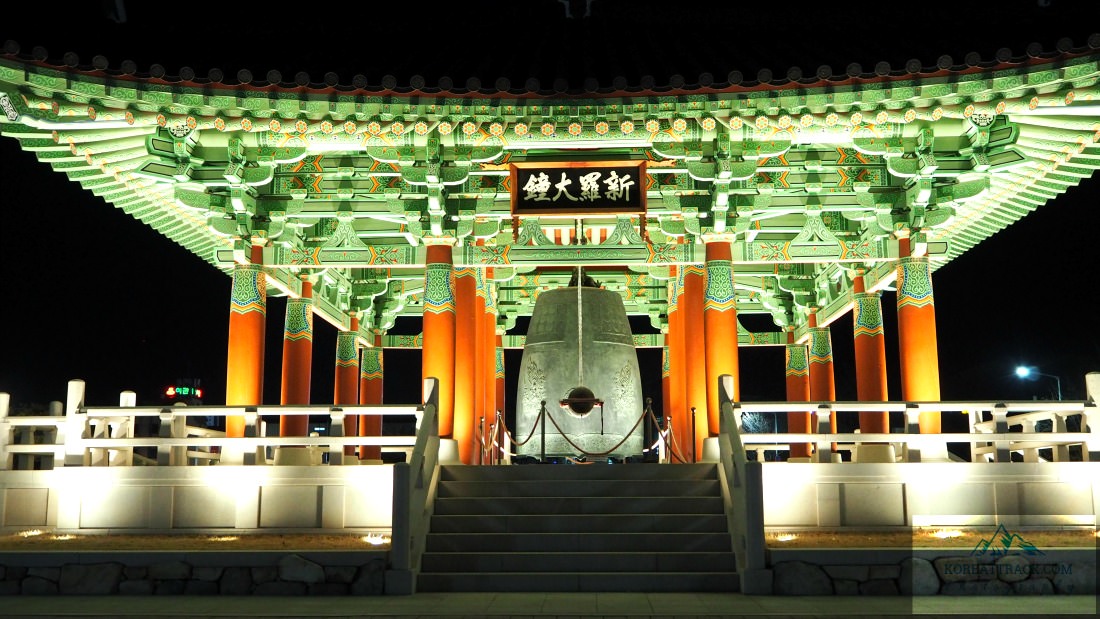 The Great Bell of Gyeongju City
The Great Bell of Gyeongju CityKim Yusin Tomb
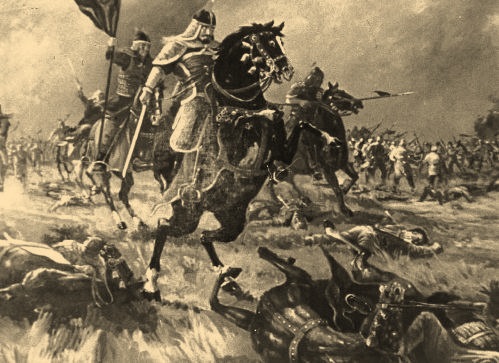
General Kim Yusin's (595-673) tomb is Historical Site No. 21. It lies
in a picturesque location surrounded by pine trees, on the eastern hill
of Mt. Songha. Kim Yusin's elegant burial site is in Gyeongju City.
Referred
to as the 'Hero of Silla Kingdom,' General Kim Yusin was the
great-grandson of King Guhae, the last King of the Geumgwan Gaya
Dynasty.
He was the sone of Seo Hyeon, the top General of the
Silla Kingdom. Yusin signed up with the Hwarang (aristocratic youth
military corps) at 15 and began dreaming of ways to combine the
peninsula's three kingdoms.
Kim Yusin acquired his political
grip by establishing a strong relationship with nobleman Kim Chunchu and
made a name for himself through his prowess on the battleground.
General Kim Yusin Tomb
The tomb of General Kim Yusin is a big tomb determining approximately 30m in diameter. The relief carvings of 12 Oriental zodiac gods (half male, half-animal) stand guard around the grave, brandishing weapons.
The elaborately decorated tomb is 2nd in grandeur just to those of royalty. Yusin's significant contribution to unifying the three kingdoms was the highlight of his life's achievements.
The path to this burial place is also a sight not to be missed. The street leading up to the burial place is called Heungmuro. This road is selected as one of the 100 The Majority Of Stunning Streets in Korea.
The street has plenty of cherry blooms in spring and is famous for being an excellent location to go or take a walk or for a drive.
Kim Yusin Short Background
Kim Yushin, or Kim Yusin (595 - 673), was a general in seventh century Silla (신라 新羅), considered to be one of the greatest generals and masters of the Korean sword in Korean history.
Throughout his life, Kim Yusin believed that Baekje (Paekche), Goguryeo, and Silla must not be different nations, however unified.
King Munmu rewarded Kim Yusin for his efforts in the campaigns with the title of Great Minister-President and offered him a fief of five hundred households.
Kim Yusin got the right to enter the palace at any time, and his subordinates each got a title. In 669, he was given some 142 separate horse farms, spread throughout the kingdom. He died four years later, leaving ten children.
King Munmu paid one thousand rolls of colored silk and two thousand sacks of rice for his funeral. The King also bought guards to safeguard his burial place at the foot of Songhwa Mountain, near Gyeongju in southeastern Korea, a tomb as splendid as that of a king.
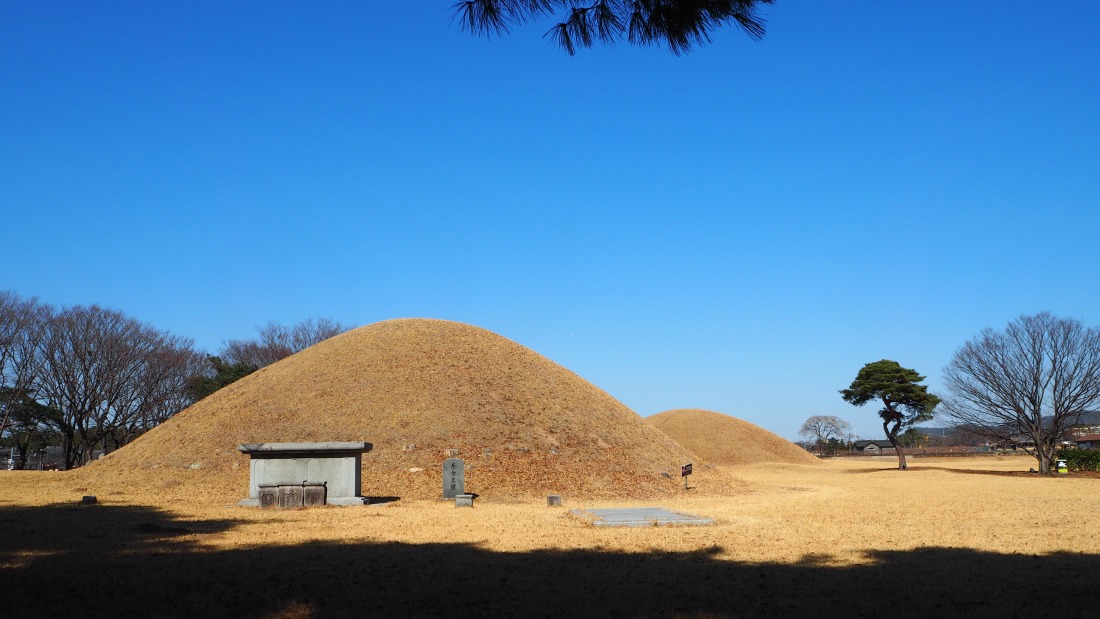 Burial mounds of royals in Gyeongju City
Burial mounds of royals in Gyeongju CityKing Húngdók (826-836) later awarded Kim Yusin the posthumous title of "Great King Húngmu" (Húngmu Taewang, "Great King Promoting the Military).
Legends
Many stories are told about Kim Yusin. It is said that he was commanded to suppress a rebel army; however, his soldiers refused to combat because they believed that a falling star was a bad omen.
To regain the self-confidence of his troops, the General used a large kite to bring a fireball into the sky. The soldiers, seeing the star go back to heaven, rallied and defeated the rebels.
It is likewise related that General Kim ingeniously used kites as a means of interaction between his soldiers when they had become divided between islands and the mainland.
Another story says of an argument that broke out in between Kim's commander and a Chinese general, while Silla was allied with China against Baekje. As the argument escalated into a possibly bloody fight, Kim's sword was stated to have leaped from its scabbard into his hand. This incident so frightened the Chinese General that he immediately apologized to the Silla officers.
Legacy of General Kim Yusin
Throughout his life, Kim Yusin thought that Baekje, Goguryeo, and Silla needs not to be different countries, however unified.
He is regarded as the driving force in the unification of the Korean Peninsula by unifying the Three Kingdoms. As a soldier, he is also remembered as the master of swords in Korean history.
Among his ten children, Won-Sul became a general during the time of King Munmu of Silla, and he was necessary to the total independence of Silla from Tang China.
If not for Kim Yusin, the country of Korea would not have been unified, and the Korean individuals would not be a distinct country with a unique culture. That is the ultimate legacy left by General Kim Yusin.
Getting to Gyeongju City
There are various modes of transportation for Gyeongju City and, ultimately, to Kim Yusin's tomb.
From Seoul to Gyeongju via Train (KTX)
Take a train from Seoul Station for Singyeongju Station. Since the station is outside the city, you need to take a taxi or bus (takes 15 minutes) to Gyeongju City, where you can explore its attractions, including the Kim Yusin Tomb area.
From Gyeongju Train Station, take Bus #50. Then it would be best if you got off at Sorabol College and Silla High School Bust Stop.
The Express KTX Line operates 20 times per day. It takes 2 hours to reach Gyeongju Station. Booking a ticket can be done online and in advance.
Via Express Bus
Go to Dong Seoul Bus Terminal and take an express bus for Gyeongju Express Bus Terminal. From there, you can take Bus #50 and get off at Sorabol College and Silla High Shcool Bus Stop.
Useful Details
Address: 44-7, Chunghyo 2-gil, Gyeongju-si, Gyeongsangbuk-do
Telephone: 82-54-749-6713
Business Hours: 9 AM - 6 PM/all-year-round
Entrance Fee:
Individual: Adults 1,000 won / Students 600 won / Children 400 won
Group (30 or more): Adults 800 won / Students 500 won / Children 300 won
Thanks for finding this article. Enjoy your trips!
Return to Korean Royal Tombs from Kim Yusin Tomb
Return to Korea Attract Home from Kim Yusin Tomb

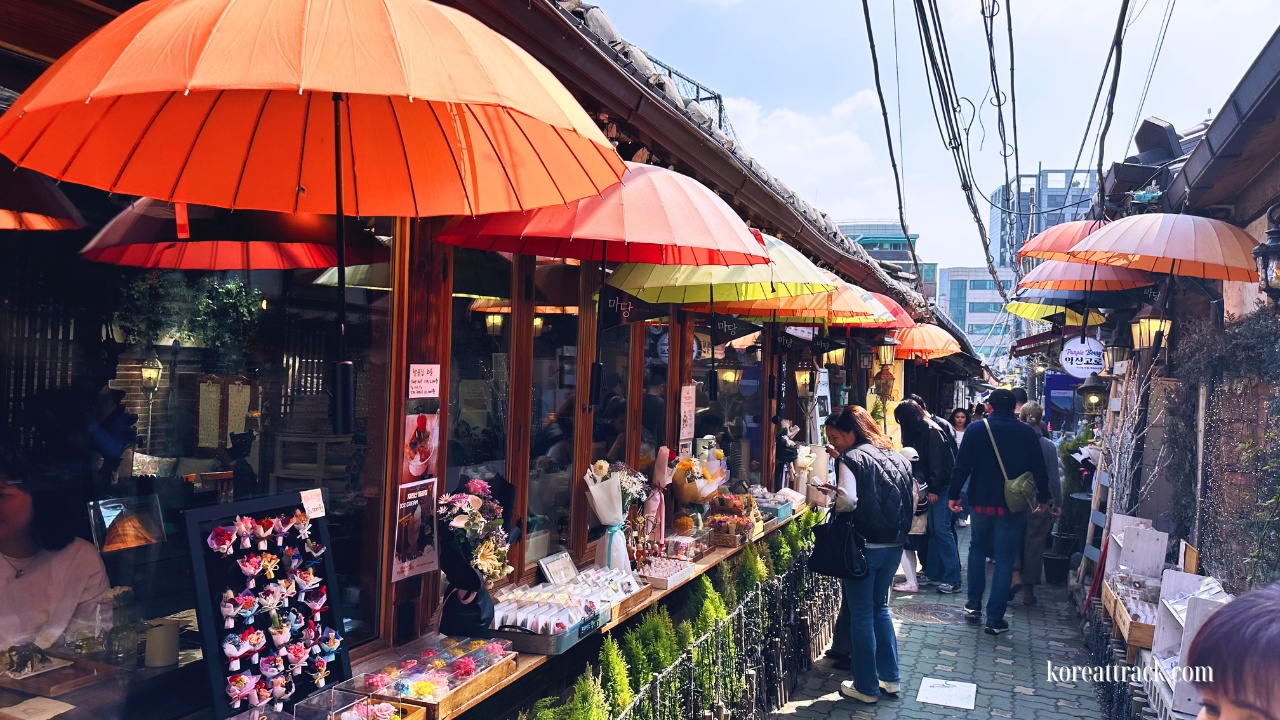
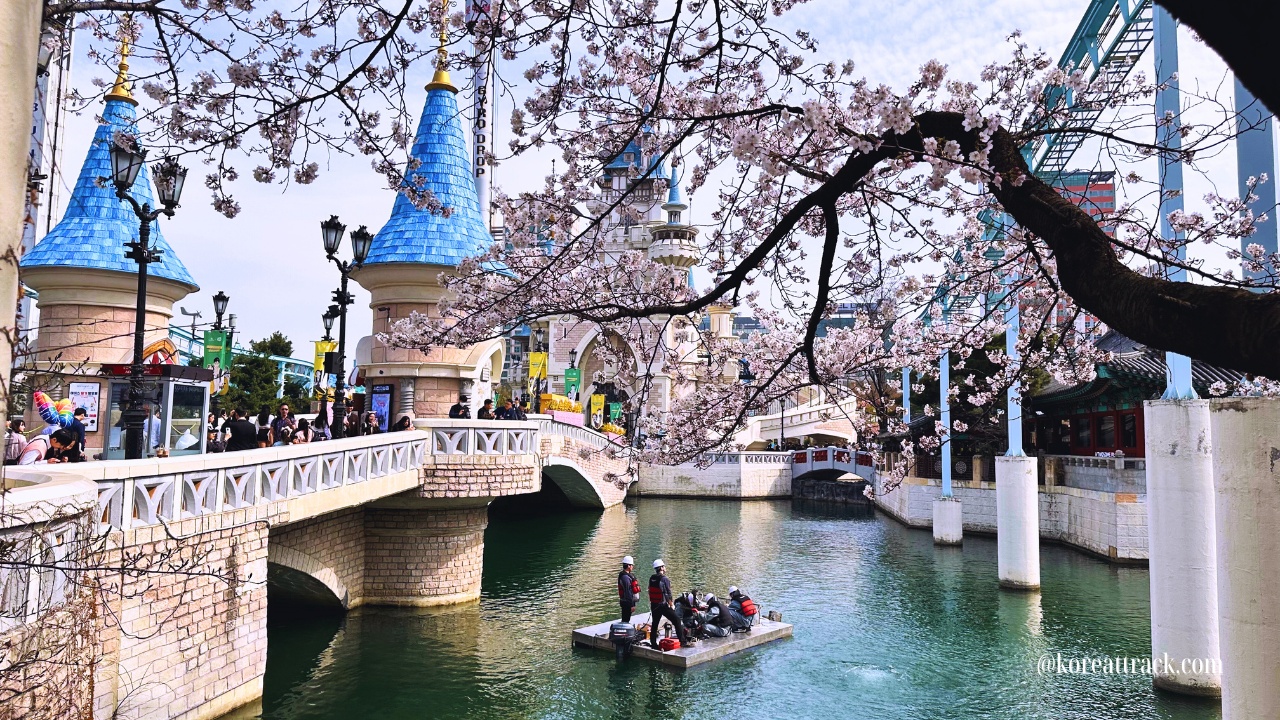

New! Comments
What do you think about this page? Leave me a comment in the box below.